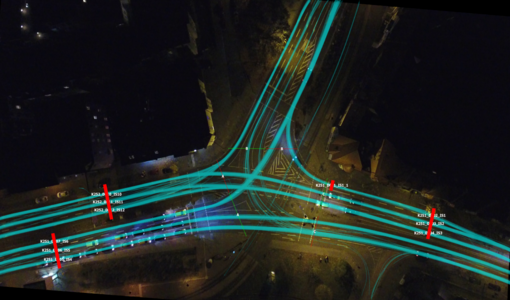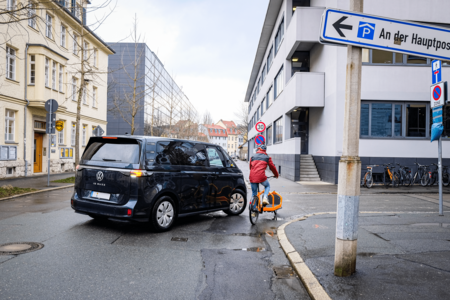Objective of the Project

Under the umbrella of the Thuringian Engineering Sciences Alliance, seven professors have come together to form a group that is compatible in terms of content, methodology, and structure. The group consists of Prof. Dr. Matthias Hein and Prof. Dr. Thomas Bachmann from the Thuringian Innovation Center for Mobility at the Technical University of Ilmenau, Prof. Dr. Jan Ehlers and Prof. Dr. Uwe Plank-Wiedenbeck from the Bauhaus University Weimar, Prof. Dr. Carsten Kühnel and Prof. Dr. Torsten Wißmann from the University of Applied Sciences Erfurt, and Prof. Dr. Frank Schrödel from the University of Applied Sciences Schmalkalden have come together to form a group that has developed a concept for an inter-university research group that is compatible in terms of content, methodology, and structure. Six doctoral positions, divided among seven doctoral candidates, are to be created under the theme of networked and cognitive driving. The doctoral candidates will carry out independent but related research projects and will be jointly supervised by the participating professors with the aim of obtaining a doctorate (in particular a Dr.-Ing.). The interdisciplinary work covers various scientific fields in engineering, social sciences, and cognitive sciences. The common objective of the independent doctoral theses is to analyze interrelated problem areas and to research and develop specific solutions that will lead to a significant reduction in accidents in urban traffic with fatalities and serious injuries in the medium to long term, while at the same time increasing traffic efficiency.
Thematic Background

Every year, around 70,000 people are involved in road accidents in Germany alone, with more than 10,000 seriously injured and over 2,000 fatalities. On the vehicle side, there are already numerous noteworthy technological developments in highly automated, connected, and cognitive driving, which aim to prevent accidents by detecting the environment and actively intervening in the driving process using advanced driver assistance systems (ADAS). Against the backdrop of traffic and data security on the one hand and environmentally friendly IT processes (green IT) on the other, current research activities are focusing in particular on the extent to which environment detection, signal processing, control of automated driving functions, and cooperative route planning can be transferred from the multitude of individual vehicles to the cloud. These issues involve a wide range of scientific challenges that can only be tackled effectively through an interdisciplinary collaboration of the necessary expertise, ranging from physical principles to information technology description approaches and traffic psychology. The focus is on urban areas, as this is where the challenges for such systems are greatest. The composition of traffic and road space design are very heterogeneous, which makes automated risk analysis highly complex.
Research Challenge
One challenge is the necessary network of sensors, data processing units, and communication nodes, which must be distributed across vehicles and road infrastructure and interconnected in real time. Another core problem is predicting the future behavior of other road users and the resulting risk assessment, which must be implemented not only in the algorithms for automated vehicle control but also in the processes for safe and efficient traffic flow control.
Doctoral Research Topics
The planned doctoral research topics can be divided into three interrelated thematic groups with different content focuses:
Intelligent transport infrastructure (IVI),
Networking of vehicles, infrastructure, and test environments (FIT),
Transportation effects, social aspects, and environmental influences (VWSU).
The topics represent current developments in the field of intelligent transport systems. Technological developments in the areas of vehicles, wireless networking, and infrastructure are adapted to traffic flow and the behavior of road users in such a way that significant positive effects on traffic safety, traffic quality, and the environment (air quality, noise, climate) can be achieved.
